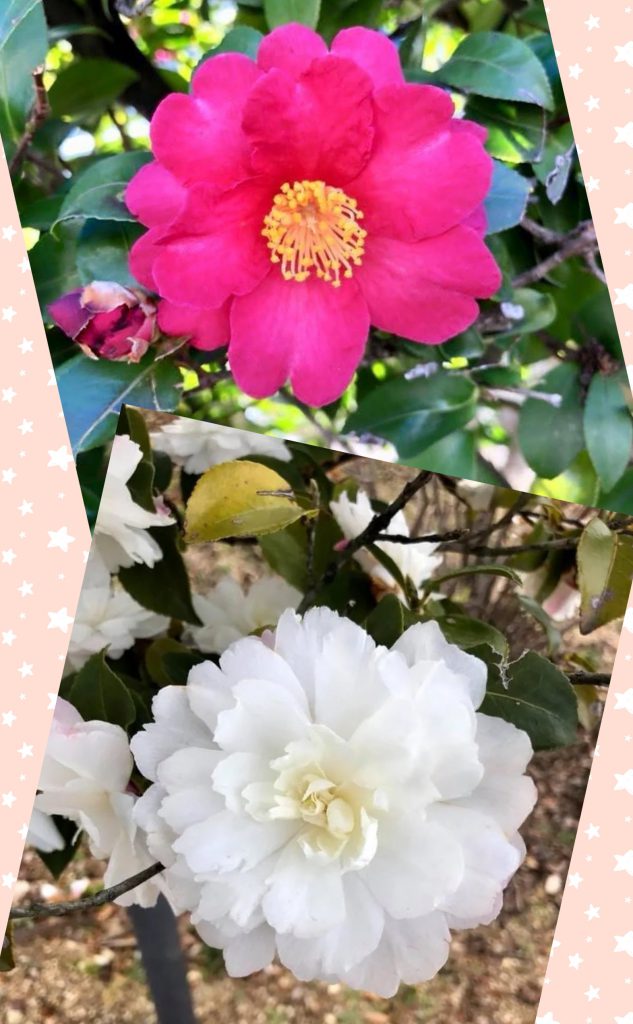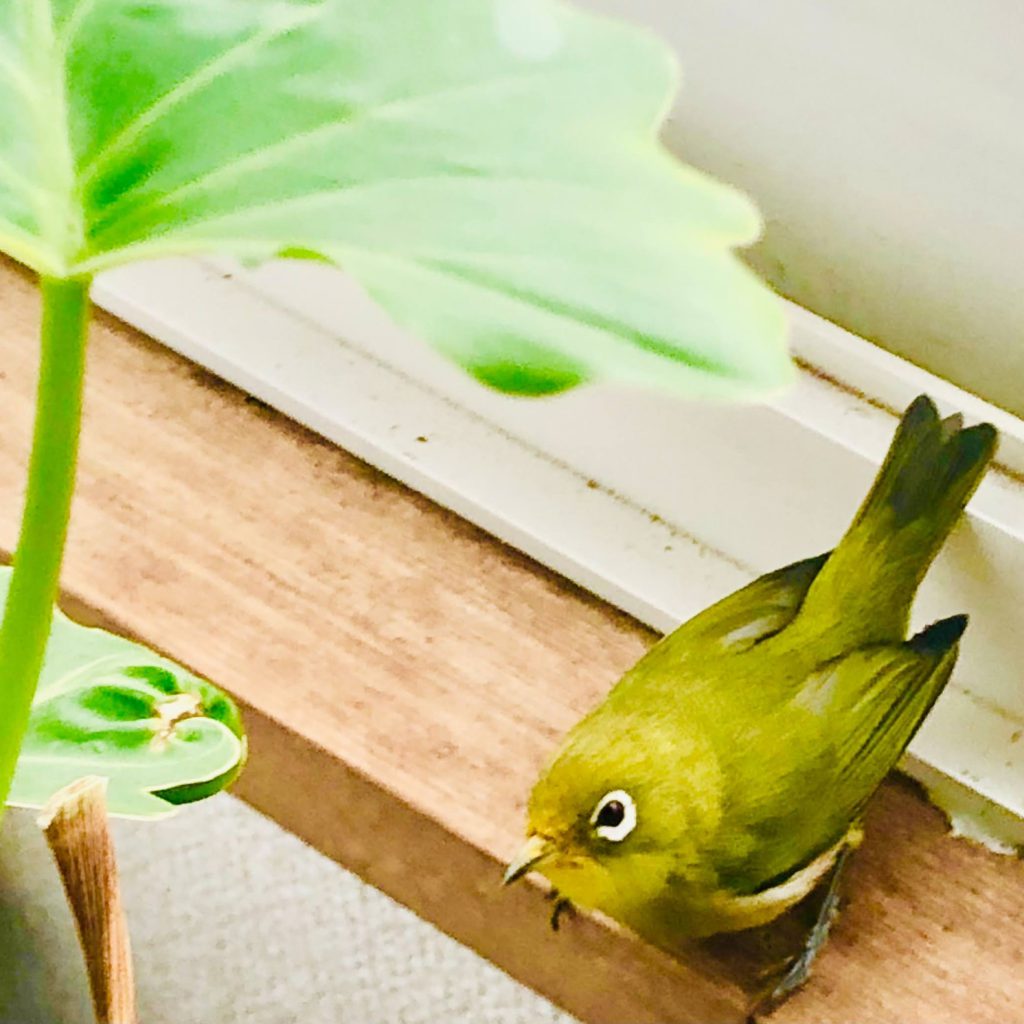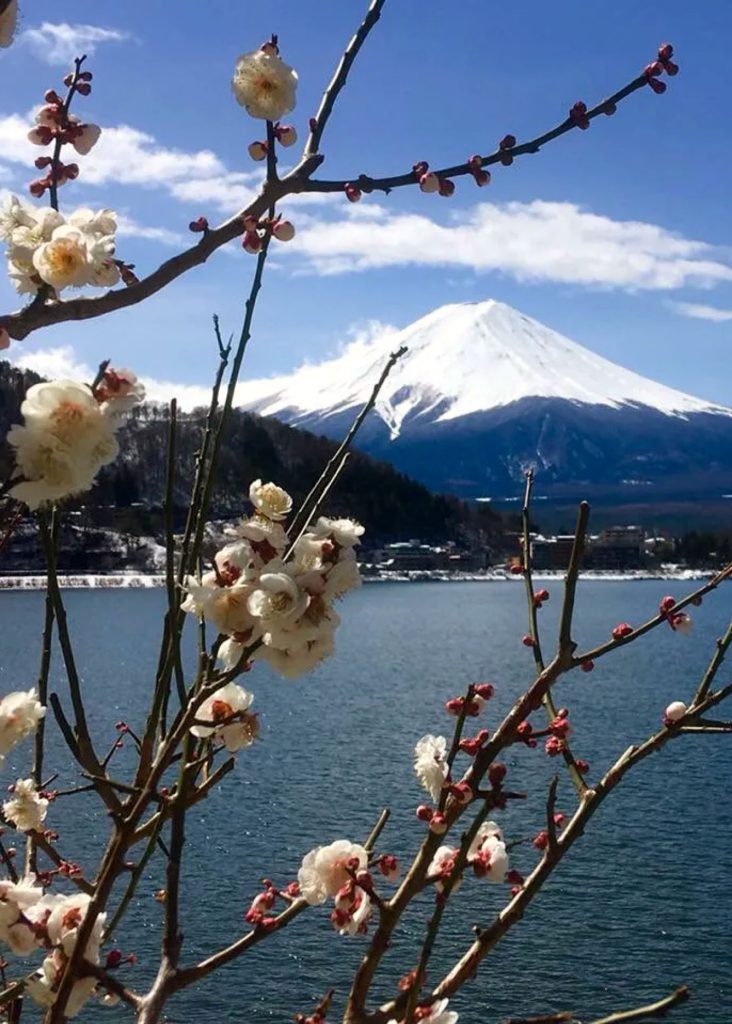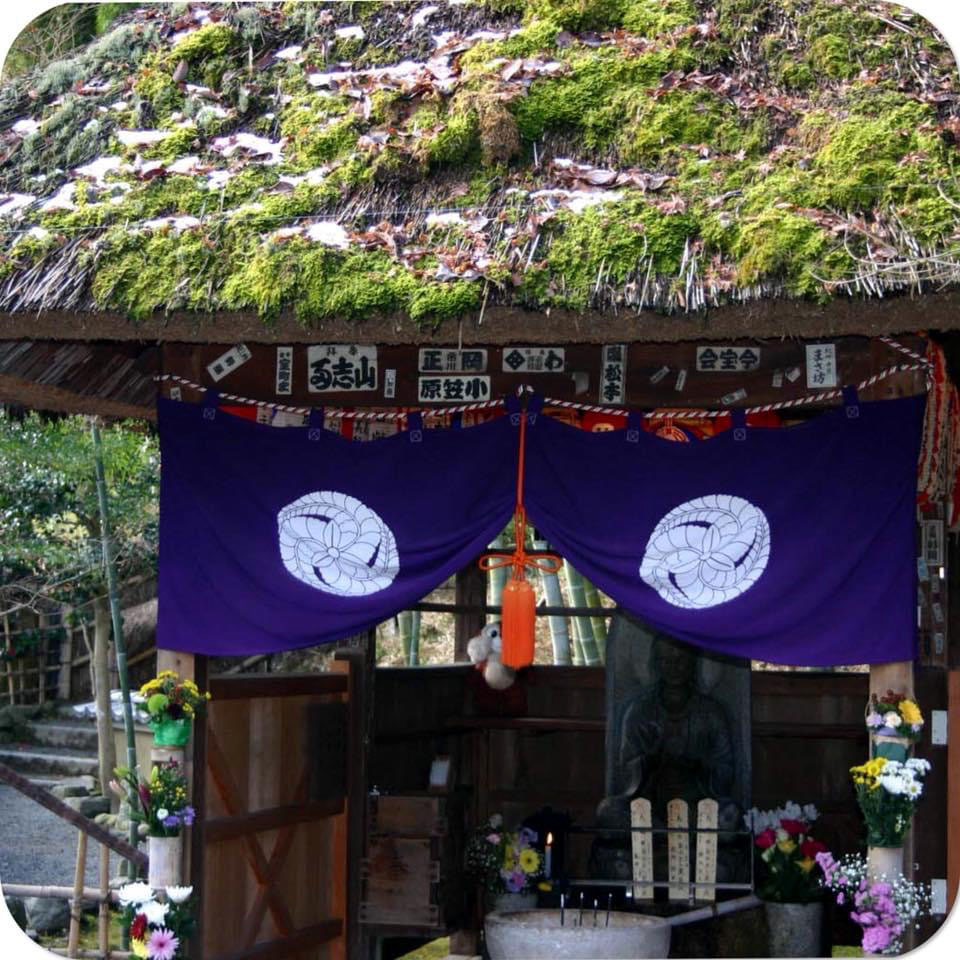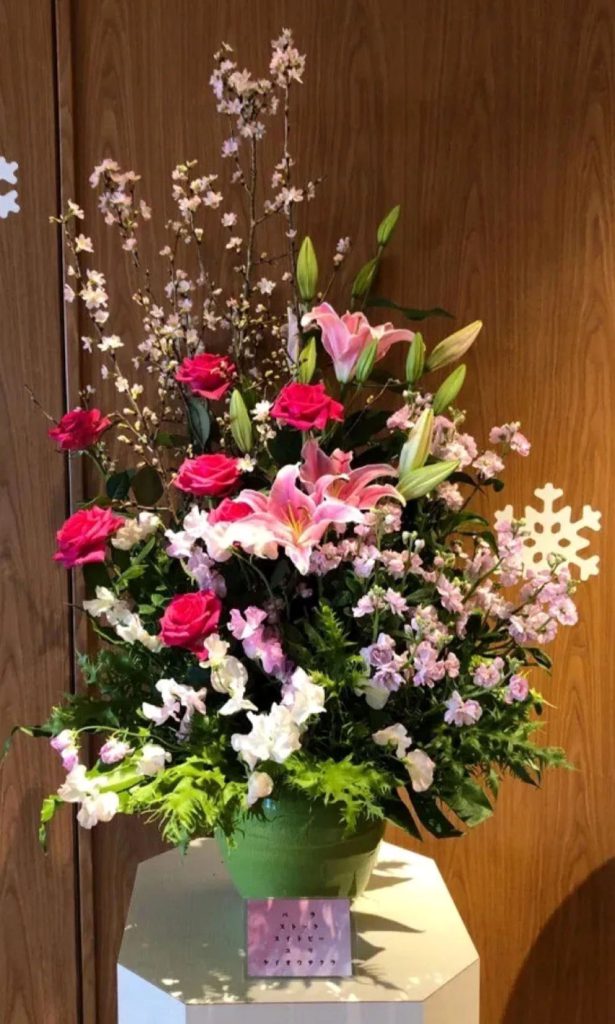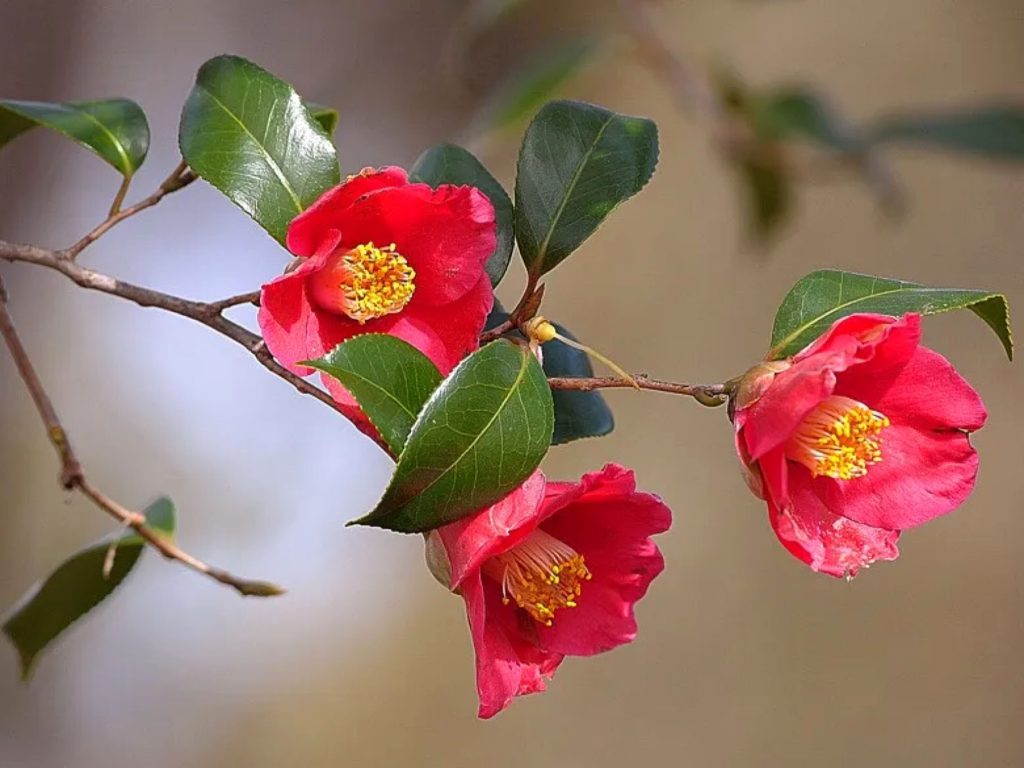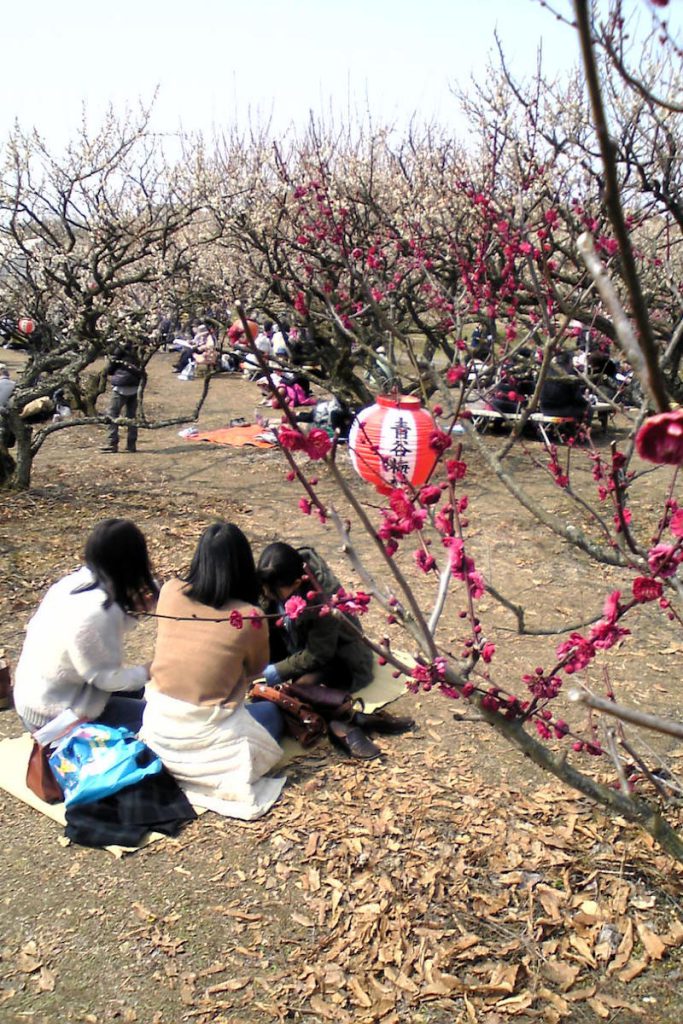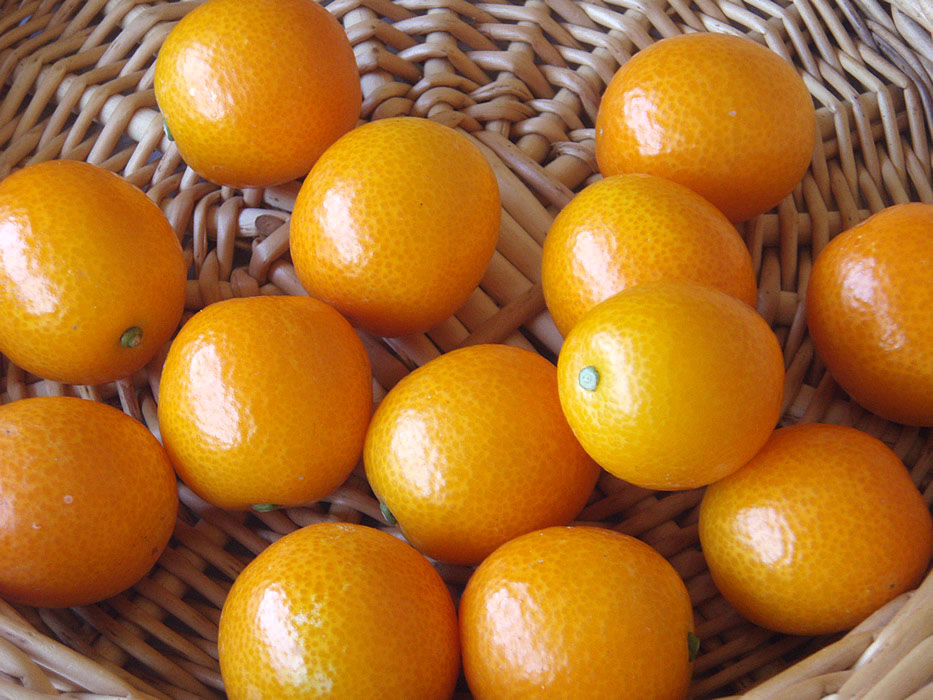
Valentine’s Day is now a global event. Even in Japan, it has become firmly established between the last 30 or 40 years, and it has become an event that everyone knows. Beginning with the gift of chocolate, through various transitions, gifts are now diversified, not just chocolate. Initially, it was standard for woman to send chocolates to man who was in love with, but with the birth of chocolate-in-law and friend chocolates, the recipients of chocolates have changed. This is the reason why the unique Valentine’s Day culture in Japan was born. The anecdote of St. Valentine, who was sacrificed for the love of his lovers, seems to be returning to the origin of the “Lover’s Day” that spread among Christians, a welcome recent trend.
バレンタインの日は今や世界的な行事になっているそうです。日本でも、ここ3、40の間にすっかり定着し、誰知らね者はない行事になりました。チョコレートの贈答から始まり、様々な変遷を経て、今やチョコレートに限らず、贈答品も多様化しました。送り方も、当初は、意中の男性に女性がチョコレートを送るのが定番でしたが、義理チョコや友チョコも生まれ、贈る相手も様々になりました。日本独特のバレンタイン・デイ文化が生まれた訳です。恋人たちの愛のために犠牲となった聖ヴァレンティヌスの逸話をきっかけに、キリスト教徒達の間に広がった「恋人たちの日」の原点に戻りつつある様で、歓迎すべき最近の傾向です。

